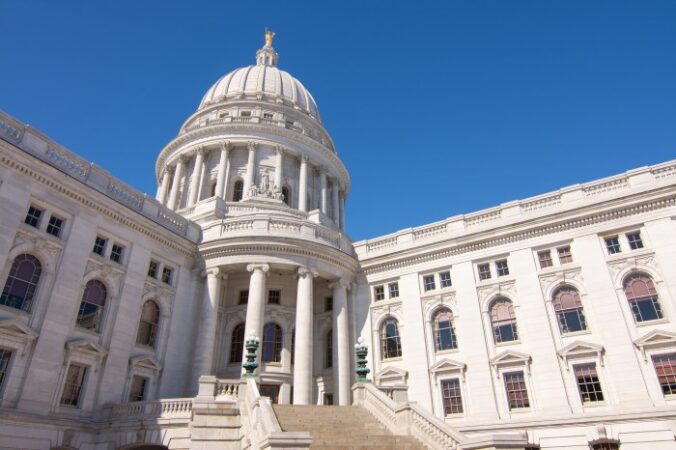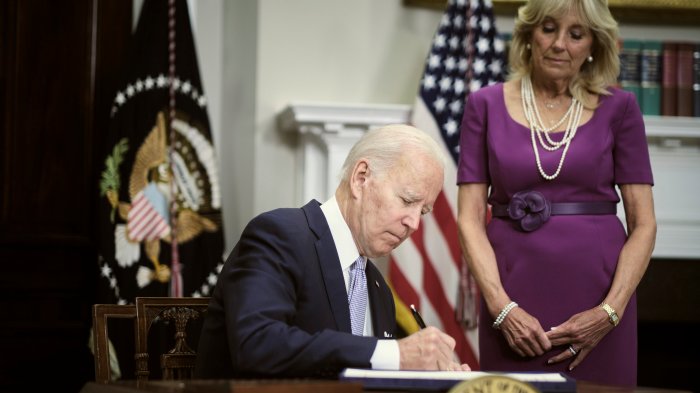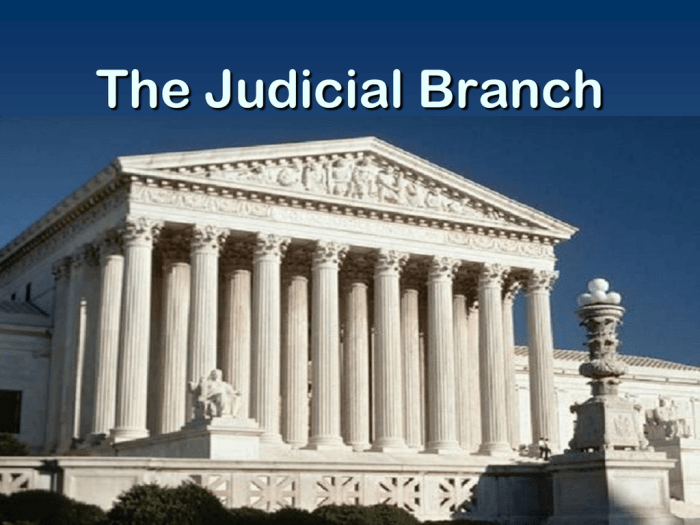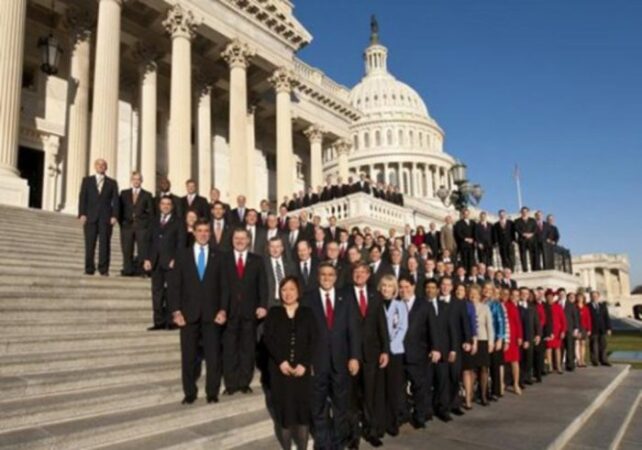
Who makes laws? This fundamental question lies at the heart of our society, shaping everything from our daily lives to the course of history. Laws, the rules that govern our behavior, are not simply handed down from on high but are crafted through a complex process involving various branches of government, elected officials, and the influence of diverse societal forces.
This exploration delves into the intricate world of lawmaking, examining the steps involved in creating laws, the different types of laws that exist, and the individuals and groups who play a crucial role in shaping our legal landscape. We will also explore the factors that influence lawmaking, the impact of laws on society, and the challenges faced in creating effective and equitable laws.
The Legislative Process
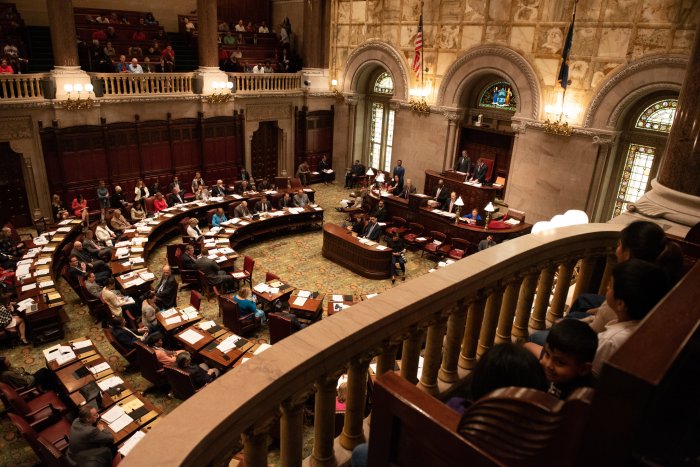
The legislative process is the procedure by which bills are introduced, debated, and enacted into law. It involves a complex interplay between different branches of government and various stakeholders, ensuring that laws reflect the needs and values of society.
Steps in the Legislative Process
The legislative process typically involves several stages, starting with the introduction of a bill and culminating in its enactment into law.
- Introduction: A bill, which is a proposed law, is introduced by a member of the legislature. The bill is assigned a number and title and is referred to the appropriate committee for review.
- Committee Review: The committee holds hearings and conducts research on the bill, inviting experts, stakeholders, and the public to provide input. They may amend the bill or recommend its rejection.
- Floor Debate: If the committee approves the bill, it is brought to the floor of the legislature for debate. Members of the legislature can offer amendments or propose alternative bills.
- Vote: After debate, the legislature votes on the bill. If a majority of members vote in favor, the bill is passed to the next stage.
- Executive Review: The executive branch, typically the president or governor, reviews the bill. They can sign the bill into law, veto it, or allow it to become law without their signature after a specific period.
- Judicial Review: Once a law is enacted, it can be challenged in court. The judiciary interprets the law and ensures its consistency with the constitution.
Roles of Different Branches of Government
Each branch of government plays a distinct role in the legislative process:
- Legislative Branch: The legislature is responsible for introducing, debating, and passing bills. It comprises elected representatives who represent the interests of their constituents.
- Executive Branch: The executive branch, led by the president or governor, has the power to approve or veto bills passed by the legislature. It also enforces laws once they are enacted.
- Judicial Branch: The judiciary interprets laws and ensures their consistency with the constitution. It can strike down laws that violate the constitution or interpret laws in ways that affect their application.
Examples of Law-Making
- Proposed Bill: A member of Congress introduces a bill to increase the minimum wage. The bill is referred to the House Committee on Education and Labor for review.
- Debate: The committee holds hearings and debates the bill, inviting testimony from business owners, labor unions, and economists. The committee may propose amendments to the bill, such as raising the minimum wage in stages or providing tax breaks to small businesses.
- Amendment: The committee approves the bill with amendments and sends it to the House floor for debate. During debate, members of Congress can propose further amendments or offer alternative bills.
- Vote: The House votes on the bill, and if a majority of members vote in favor, the bill is passed to the Senate. The Senate follows a similar process, debating and voting on the bill. If the Senate passes a different version of the bill, a conference committee is formed to reconcile the differences.
- Executive Review: The president reviews the final bill. They can sign the bill into law, veto it, or allow it to become law without their signature after a specific period.
- Judicial Review: If the law is challenged in court, the judiciary interprets the law and ensures its consistency with the constitution. The Supreme Court has the ultimate authority to interpret the constitution and strike down laws that violate it.
Types of Laws: Who Makes Laws
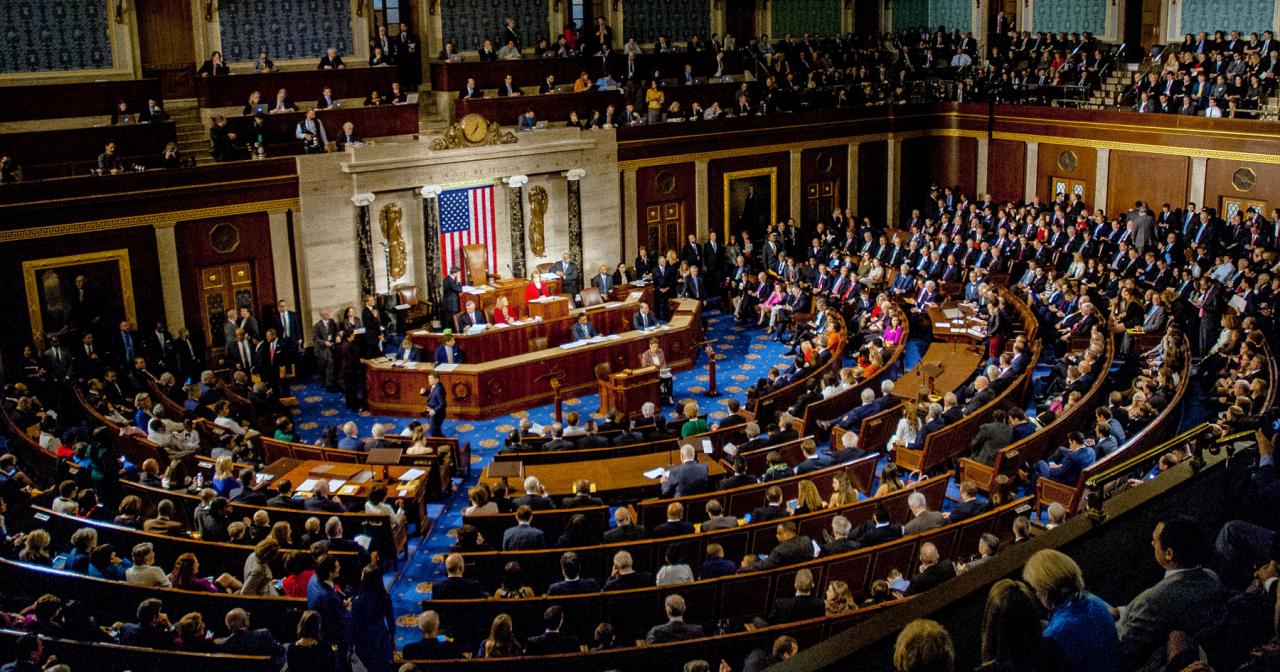
Laws are the rules and regulations that govern our society. They are designed to maintain order, protect individual rights, and ensure that everyone is treated fairly. Different types of laws have different purposes and scopes, and they are created and enforced at different levels of government.
Types of Laws
Different types of laws exist to address various aspects of society and ensure its smooth functioning. These laws are categorized based on their source, purpose, and scope.
- Statutes: These are laws enacted by legislative bodies, such as Congress at the federal level and state legislatures at the state level. Statutes cover a wide range of subjects, including criminal law, civil law, and administrative law. For example, the Clean Air Act is a federal statute that sets standards for air quality and regulates emissions from factories and vehicles.
- Ordinances: These are laws enacted by local governments, such as city councils or county boards. Ordinances typically deal with matters of local concern, such as zoning, building codes, and noise regulations. For example, a city ordinance might require all new buildings to have fire sprinklers.
- Regulations: These are rules and guidelines issued by administrative agencies to implement statutes. Regulations provide more detailed guidance on how to comply with the law. For example, the Environmental Protection Agency (EPA) issues regulations to implement the Clean Air Act.
- Constitutional Amendments: These are changes to the Constitution, which is the supreme law of the land. Amendments can be proposed by Congress or by a convention of states, and they must be ratified by three-fourths of the states. For example, the 19th Amendment gave women the right to vote.
Federal, State, and Local Laws, Who makes laws
Laws are created and enforced at different levels of government, and each level has its own distinct areas of authority.
- Federal Laws: These laws apply to all citizens of the United States and are created by Congress. Federal laws cover a wide range of subjects, including national defense, immigration, and interstate commerce. For example, the Social Security Act is a federal law that provides retirement and disability benefits to eligible individuals.
- State Laws: These laws apply only to residents of a particular state and are created by state legislatures. State laws cover a wide range of subjects, including education, healthcare, and criminal justice. For example, state laws may set the minimum drinking age or regulate the use of firearms.
- Local Laws: These laws apply only to residents of a particular city or county and are created by local governments. Local laws typically deal with matters of local concern, such as zoning, building codes, and traffic regulations. For example, a city ordinance might prohibit parking on certain streets during rush hour.
Final Thoughts
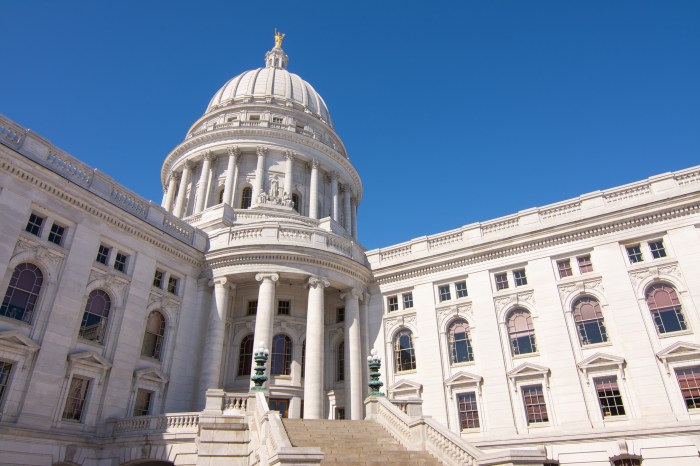
Understanding who makes laws and how they are made is essential for informed citizenship. By engaging in this process, we can contribute to shaping a society that reflects our values and aspirations. As we navigate the ever-evolving landscape of lawmaking, it is crucial to remain aware of the various influences at play, the intended and unintended consequences of laws, and the ongoing challenges faced in ensuring fairness and justice for all.
FAQ
How do citizens participate in the lawmaking process?
Citizens can participate in the lawmaking process through various means, including voting for elected officials, contacting their representatives to express their views, participating in public hearings, and advocating for specific legislation.
What are the differences between statutes and ordinances?
Statutes are laws enacted by legislative bodies at the state or federal level, while ordinances are laws enacted by local governments, such as cities or counties. Statutes typically cover broader topics, while ordinances address more specific local matters.
What is the role of the judiciary in the lawmaking process?
The judiciary plays a crucial role in interpreting and applying laws. Judges may issue rulings that clarify the meaning of existing laws or establish new legal precedents that shape future lawmaking.
